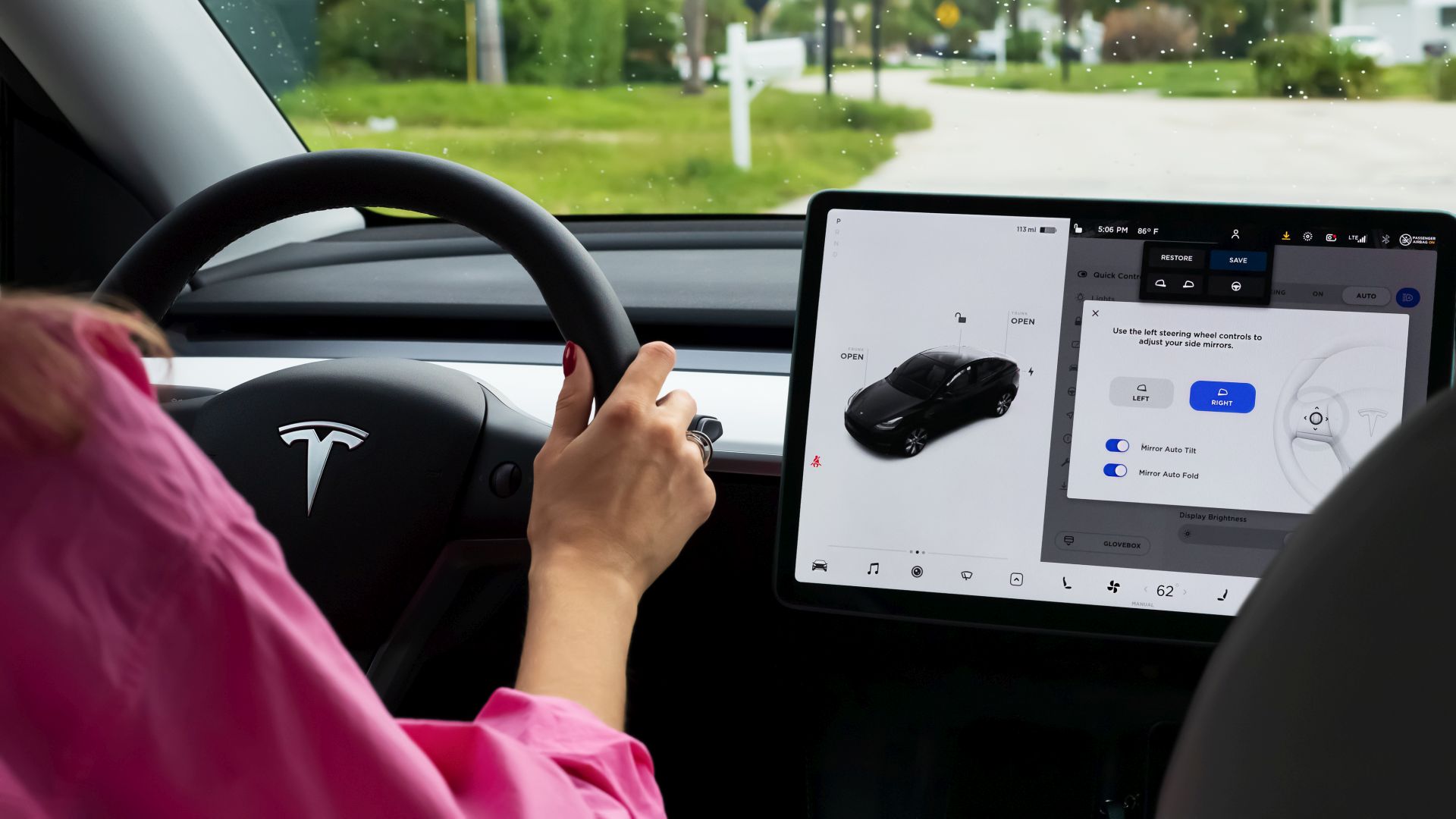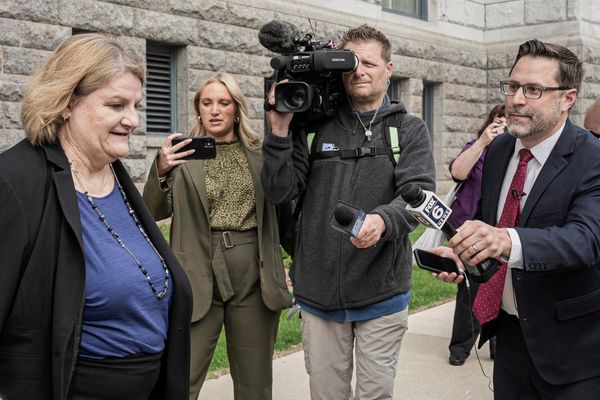
On average, electric vehicles (EVs) typically cost less to maintain than internal combustion engine (ICE) vehicles. And in many cases, Tesla EVs are some of the most affordable cars to run.
A study of America’s bestselling vehicles by Self Financial found that three of the four car models with the lowest annual maintenance expenses were Teslas (Model 3, Model Y and Model S), with average annual maintenance of $1,297 across these three models.
Read Next: How Much Does It Cost To Charge a Tesla?
Check Out: 7 Tax Loopholes the Rich Use To Pay Less and Build More Wealth
However, even though Teslas tend to have affordable maintenance overall, there are plenty of cases where owners face costly repairs. So if you’re considering buying a Tesla, it’s important to understand what issues you might face.
Tires
Tesla owners commonly cite that tires may need to be replaced more often or at least need to be maintained more diligently.
“There’s a flaw on the older Model X that makes it impossible for tires to wear evenly. I haven’t been able to keep a set of tires for even two years,” said Calvin Osili, relationship coach at PowerfuLove.
For other types of Teslas, tires can also wear faster. Arsen Misakyan, CEO and founder of LAXcar, owns a Model Y, and his company operates a few Model 3s and Ys for airport transfers.
While he said his overall Tesla maintenance costs have been low, “tires are where one will keep an eye on for budgets, particularly with heavier loads and LA freeways,” he explained. “EVs are heavier and have instant torque, so if you treat them like a gas crossover, you’ll burn through rubber faster.”
Be Aware: I’m a Mechanic: 5 Used Cars I Would Never Buy and Why They Aren’t Worth It
Higher-Priced Core Components
An issue with high-tech cars like Teslas is that when something does go wrong, it can be expensive to fix. The maintenance issues might be random and not necessarily Tesla-specific, but they can still be difficult to manage.
“The worst one was my windshield was about $1,300 because of all the cameras and sensors built into it. A huge rock smacked into it on the highway, and there was no option to patch it,” said Nicki Baber, a content creator. “It took two weeks for anywhere nearby to even get the windshield, and I ended up driving an hour away just to get it replaced. With a regular car, that probably would’ve been $200-$500 and done in an afternoon.”
Even something routine like replacing air filters can be pricey, depending on the situation.
“It was alarming because I used to have a Mazda CX-5 and paid $50 for parts and labor to have the filter replaced. It ranges between $150-$250 for Tesla’s parts and labor fee,” said Kera Felton, account manager at SourceCode Communications.
Tesla-Specific Service Processes
Tesla’s specialized vehicles can lead to frustrating and sometimes more expensive service processes. There are some independent shops that service Teslas, and Tesla does approve certain body shops, but those can be limited. Instead, many owners go to Tesla’s own service centers or use Tesla’s mobile service, where a tech comes to them.
“I blew a tire on the highway in the middle of nowhere. The only shop nearby had to send someone hours away to find the right tire because Tesla tires aren’t the same as standard ones. Tesla’s built-in roadside assistance told me it’d be an hour and 40 minutes just to get to me to get me off the shoulder. The whole debacle ended up taking the entire day,” Baber said.
Rita Stadler, omni customer marketing specialist at EarthKind, has also dealt with service frustrations, with Tesla service centers far from her house. “That is inconvenient at best and makes it impossible to ensure that I’m enjoying competitive pricing or the best value,” she said.
Submitting service requests through Tesla’s app has also been a nuisance for her.
“I noticed a strange sound when I was driving,” Stadler said. “Unlike previous vehicles I’ve owned, where I would call a shop to schedule an appointment or get an estimate, I used the Tesla app to submit a service request. Trying to explain a strange sound through a series of drop-down menus is frustrating to say the least.”
Likewise, Felton has also encountered service issues, with service appointments sometimes requiring weeks or months of waiting, “so you almost have to anticipate problems before they happen,” she said.
“Diagnostics can be another sore spot; they’ll charge a service fee just to figure out what’s wrong, and that fee doesn’t necessarily go toward fixing the issue,” she added. “As a single woman, I’m not willing to take chances with non-certified repairs, which limits my options and can make even simple fixes more expensive.”
Granted, not everyone has these types of issues. For some, Tesla’s service options end up being more convenient.
For example, Jen Street, founder and creative director at Forged Flare and owner of two Teslas, likes the convenience of being able to get repairs done in her driveway via a mobile tech. In her experience, the service has been very efficient.
Overall, Tesla owners often have a lot of positive experiences driving and maintaining their vehicles, but there are some quirks to be mindful of. You might end up spending less than you would maintaining an ICE vehicle, but still be prepared for some of these potential annoyances.
More From GOBankingRates
- New Law Could Make Electricity Bills Skyrocket in These 4 States
- I'm a Self-Made Millionaire: 6 Ways I Use ChatGPT To Make a Lot of Money
- 5 Strategies High-Net-Worth Families Use To Build Generational Wealth
- The New Retirement Problem Boomers Are Facing
This article originally appeared on GOBankingRates.com: Tesla Owners Share Their 3 Most Annoying Car Maintenance Expenses







